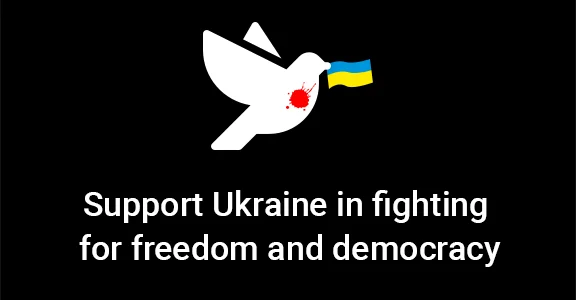



Horsfield's tortoise, Central Asian tortoise, Afghan tortoise, Four-toed tortoise, Steppe tortoise, Russian box turtle, Central asian tortoise, Four-clawed tortoise
The Russian tortoise (Testudo horsfieldii) is a threatened species of tortoise found only in Central Asia. Human activities in its native habitat contribute to its threatened status.
Russian tortoises are small tortoises. Males are usually smaller than the females, and the males tend to have longer tails generally tucked to the side, and longer claws; females have a short, fat tail, with shorter claws than the males. The male has a slit-shaped vent (cloaca) near the tip of its tail; the female has an asterisk-shaped vent (cloaca). Russian tortoises have four toes. Coloration varies, but the shell is usually a ruddy brown or black, fading to yellow between the scutes, and the body is straw-yellow and brown depending on the subspecies.





The Russian tortoise occurs from the Caspian Sea south through Iran, Pakistan, and Afghanistan, and east across Kazakhstan to Xinjiang, China. Its natural habitat is arid, barren places such as rocky hillsides and deserts, sandy steppes, and grassy regions close to springs. The winters in these areas can be particularly cold and harsh, with temperatures well below freezing.

The Russian tortoise has a particularly short period of activity, sometimes just three months per year. It comes out of hibernation in spring, usually in March, and actively forages and engages in mating until mid-June. Throughout much of its range, it will aestivate during the intense summer heat, coming out briefly at summer’s end to feed before hibernation. The burrow it digs may be as deep as two meters, where it retreats during the midday heat and at night, only emerging to forage at dawn or dusk when temperatures drop. The depth of its burrow also helps to insulate the tortoise from the cold of winter. These tortoises are quite social, and they will visit nearby burrows, and sometimes several will spend the night in one burrow.
The diet of Russian tortoises is herbaceous and succulent vegetation, which includes grasses (green and dried), flowers, fruits, twigs, and the leaves and stems of both native and cultivated plants.
Little is known about the mating system of Russian tortoises. However, like other tortoise species, they might exhibit polygynous (one male to many females), polyandrous (one female to many males), or polygynandrous (promiscuous) (both genders have multiple mates) mating systems. Their courtship and mating ritual is a little unusual. The male repeatedly circles the female, then stops to face her. He extends his neck and rapidly bobs his head up and down, occasionally biting and ramming his potential mate. Two to six eggs are produced in May or June, with a further two to three clutches possibly laid during the same season. Hatchlings emerge usually in 80 to 110 days, during August or September, though sometimes they stay in the nest during winter, emerging the following spring. Reproductive maturity is reached at 10 years old, but this slow-growing species is not considered fully grown until it is 20 to 30 years old.
In some parts of the Russian tortoise’s extensive range, it has been exploited heavily for food by locals and for the pet trade. 119,319 specimens were imported between 1965 and 1971 into the United Kingdom. Habitat degradation and destruction due to warfare, livestock grazing, farming, and development all contribute to the decline of the Russian tortoise, and its future looks bleak.
The IUCN Red List and other sources do not provide the Russian tortoise total population size. Currently, this species is classified as Vulnerable (VU) on the IUCN Red List.